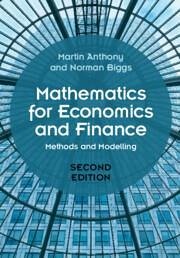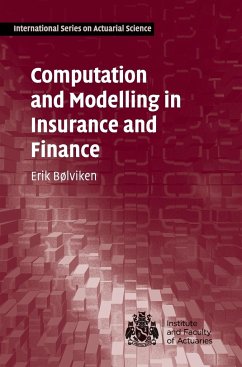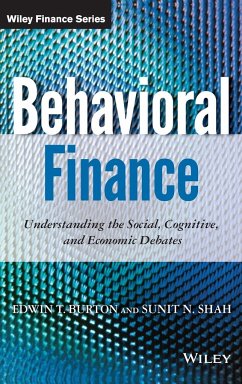
Mathematics for Economics and Finance
Versandkostenfrei!
Versandfertig in 1-2 Wochen
41,99 €
inkl. MwSt.
Weitere Ausgaben:

PAYBACK Punkte
21 °P sammeln!
Accessible, concise, and interactive, this book introduces the mathematical methods that are indispensable in economics and finance. Fully updated to be as student friendly as possible, this edition contains extensive problems, worked examples and exercises (with full solutions at the end of the book). Two brand new chapters cover coupled systems of recurrence/differential equations, and matrix diagonalisation. All topics are motivated by problems from economics and finance, demonstrating to students how they can apply the mathematical techniques covered. For undergraduate students of economic...
Accessible, concise, and interactive, this book introduces the mathematical methods that are indispensable in economics and finance. Fully updated to be as student friendly as possible, this edition contains extensive problems, worked examples and exercises (with full solutions at the end of the book). Two brand new chapters cover coupled systems of recurrence/differential equations, and matrix diagonalisation. All topics are motivated by problems from economics and finance, demonstrating to students how they can apply the mathematical techniques covered. For undergraduate students of economics, mathematics, or both, this book will be welcomed for its clarity and breadth and the many opportunities it provides for readers to practise and test their understanding.













